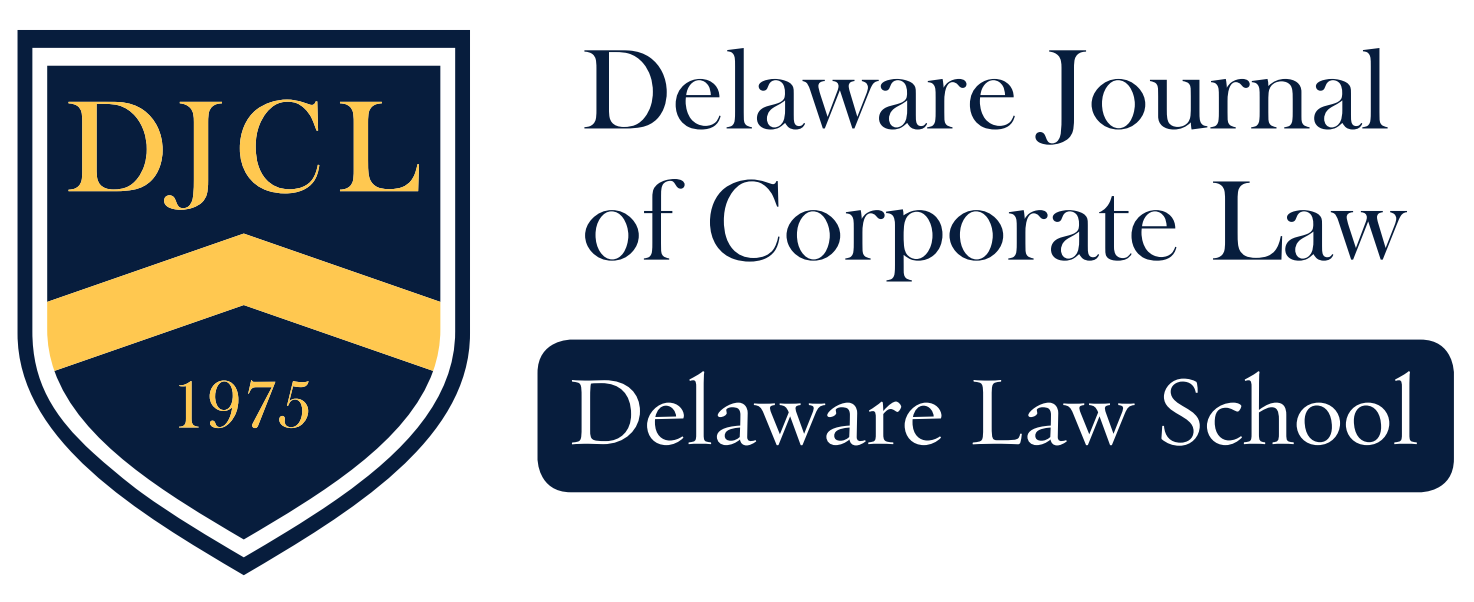A Guide to Predicting the Calculation of Attorney’s Fees under Delaware Law of Shareholder Suits
Jason W. Adkins
The Delaware Court of Chancery and Supreme Court recently made headlines that echoed throughout the plaintiff’s bar when they approved an unprecedented attorneys’ fee award amounting to over $304 million in the In re Southern Peru Copper Corporation Shareholder Derivative Litigation. This award has highlighted an area of law that is unpredictable and in flux. Although these shareholder suits have traditionally served as a valuable policing resource for shareholders, the increased uncertainty surrounding attorney fee awards may be reducing the inherent value of this process through one-sided settlements, increased forum shopping, (arguably) punitive awards, and the filing of unmeritorious suits.
Within the practice of shareholder litigation is a complex web of methodology applied by courts in determining the actual value of fee awards that should be offered to successful plaintiffs. This complexity has led to inconsistency, which has in turn led to increased forum shopping and discouraged defendants who are increasingly willing to settle without a fight. The goal of this Note is to provide some sense of meaning behind the methodology used by Delaware courts in determining what the fee award should be for both common fund suits and those creating substantial non- monetary benefits.
This Note identifies that from the hundreds of cases that have been reviewed and analyzed under the Sugarland principles, a straightforward guideline has emerged, which is outlined in this Note with the intention of being used as a starting point in predicting the value of a fee award. Although fee awards will always be within the discretion of the court, the hope is this guideline can serve as a valuable resource and bargaining tool at the settlement table for otherwise complacent defendants entering into settlement negotiations with plaintiffs’ attorneys representing the shareholders. Moreover,this guideline provides judges outside of Delaware a common framework to apply in valuating such awards, thus reducing the incentive to forum shop and instead ensuring these cases remain in Delaware courts. Finally, this consistent fee calculation application purports to reduce the risk of subjecting companies and shareholders to multiple suits among different jurisdictions regarding the same transaction.
